For every massive event or major lever of social change, like the Vietnam War, there are dozens of small ones that informed the ways that life was heading 50 years ago. At the dawn of 2023, here’s a look back at ten big changes that were on the way in 1973. Some were tweaks to daily life, some were pushing boundaries, and some just fell out of the sky.
1. All Year: A Big Year for Books
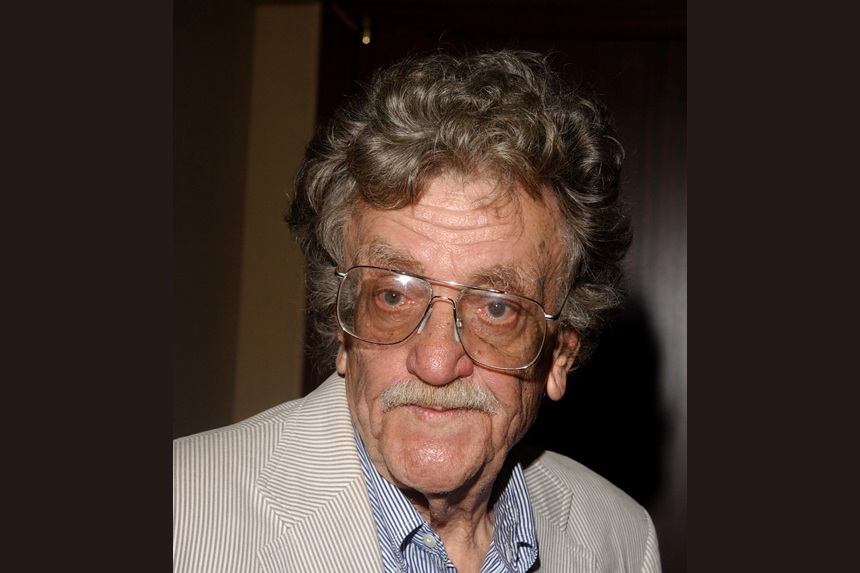
1973 saw a number of significant literary moments, running from instant classics to the introduction of long-running characters. Among the important releases were: Thomas Pynchon’s Gravity’s Rainbow; Kurt Vonnegut’s Breakfast of Champions; Toni Morrison’s Sula; Martin Amis’s The Rachel Papers; J.G. Ballard’s Crash; Rita Mae Brown’s Rubyfruit Jungle; Arthur C. Clarke’s Rendezvous with Rama; and William Goldman’s The Princess Bride. The most popular series to debut was Robert B. Parker’s “Spenser” books, which launched with The Godwulf Manuscript; the novels continue today under Ace Atkins, with 51 installments as of 2022.
2. January 5: Bruce Springsteen Extends His Greetings
“Blinded by the Light” by Bruce Springsteen (Uploaded to YouTube by Bruce Springsteen)
Greetings from Asbury Park, N.J., the debut album by Bruce Springsteen, hit stores in the first week of 1973. Its lead track was “Blinded by the Light,” which became a #1 song in 1977 by way of a Manfred Mann’s Earth Band cover. The album achieved critical acclaim, but wasn’t a sales dynamo. By the end of the year, Springsteen (with The E Street Band) would release The Wild, the Innocent, & the E Street Shuffle. The two discs lay the groundwork for 1975’s breakthrough, Born to Run, and a career that has seen 140 million records sold, 20 Grammys, and Rock and Roll Hall of Fame enshrinement for both Springsteen and The E Street Band.
3. January 6: Schoolhouse Rock! Debuts
“Three Is a Magic Number” (Uploaded to YouTube by Kevin Bullock)
Every parent has wondered why a child struggles with a school subject while remembering every detail of something they do for fun. Advertising executive David McCall tackled that conundrum regarding his son’s struggle with math, despite his son’s ability to easily memorize rock songs. He enlisted jazzman Bob Dorough to write a catchy math tune, which became “Three Is a Magic Number.” Tom Yohe, an artist who worked at McCall’s agency, cooked up some visuals, and, on the advice of ABC producer Radford Stone, pitched the idea of educational animated shorts to the network. Eleven installments focused on math ran through March; over time, releases for grammar, American history, science, computers, money, and the environment would follow, with the most recent set appearing in 2009.
4. April 3: The First Cellular Phone Is Introduced
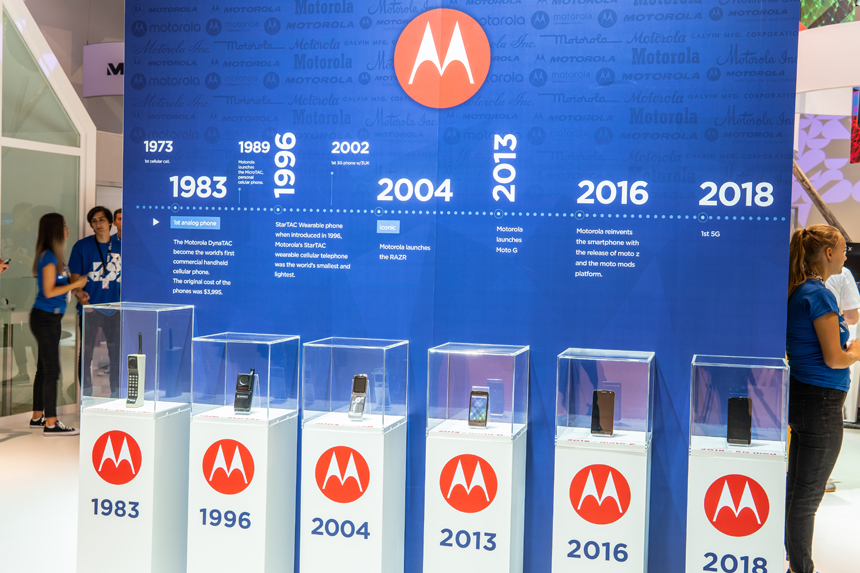
No one needs to tell you that cell phones are ubiquitous today. But someone had to make the first breakthrough, and that came from the mind of Martin Cooper at Motorola. On April 3, 1973, the company demonstrated the first working cell phone in New York City, with Cooper placing a call to John Francis Mitchell, Motorola’s Chief of Portable Communication Products. Though it would take ten years for the DynaTAC to actually make it to market, the path to the future of communication had been set.
5. May 14: Skylab Launches

NASA’s long-term post-Moon plan had always included a space station. That became a (temporary) reality on May 14 with the launch of Skylab, occasionally referred to as Skylab 1. Unfortunately, the station took damage on its initial launch; on the upside, that launch was simply to get the unit into orbit, and no crew were aboard. The first crew arrived via the Skylab 2 mission on May 25 and conducted repairs. That crew of three stayed on Skylab for 28 days. Two more crewed missions followed into 1974. NASA priorities shifted to the Space Shuttle, and the abandoned Skylab was allowed to fall from orbit in 1979.
6. July-December: The First Two Disco Songs Arrive
“Rock the Boat” by The Hues Corporation (Uploaded to YouTube by TopPop)
Again, it’s hard to pinpoint the beginning of a genre. But the consensus goes that “Love’s Theme” by Love Unlimited/The Love Unlimited Orchestra and “Rock the Boat” by The Hues Corporation are the first two disco tunes. “Love’s Theme” was an instrumental composed by Barry White. It was first put on wax in July by White’s female back-up trio, Love Unlimited, on their album Under the Influence of…Love Unlimited. White also included the song on Rhapsody in White, an album by White’s 40-piece The Love Unlimited Orchestra, which would see release in 1974. Ahead of that White put out “Love’s Theme” as a single in November of 1973. One month later, The Hues Corporation released their debut album, Freedom for the Stallion, which included “Rock the Boat.” Both songs would reach #1 in 1974, signaling the beginning of the Disco Age.
7. August 11: DJ Kool Herc Invents Hip-Hop
The story of DJ Kool Herc’s turntables (Uploaded to YouTube by Untold History)
It’s a bold statement to lay the invention of an entire genre at the feet of one person. But if anybody can rightfully be called the godfather of hip-hop, it’s Clive Campbell, better known as DJ Kool Herc. Herc was already an innovator of applying “the break” while DJing at parties; that’s the move where the DJ has two copies of the same record (or two records with compatible parts) lined up on two turntables, and switches back and forth (sometimes by scratching) so that one section or instrumental breakdown is extended over and over. At a party on Sedgwick Avenue on Saturday, August 11, 1973, Herc was DJing. He kept stretching out the instrumental sections while people danced. Then Herc started MCing, aka rapping, over the beat. The unification of applying the break while rapping formed the foundation of hip-hop.
7.5. September 1: This Writer Is Born
Just seeing if our editor is reading closely.
8. November: Stephen King Delivers Carrie
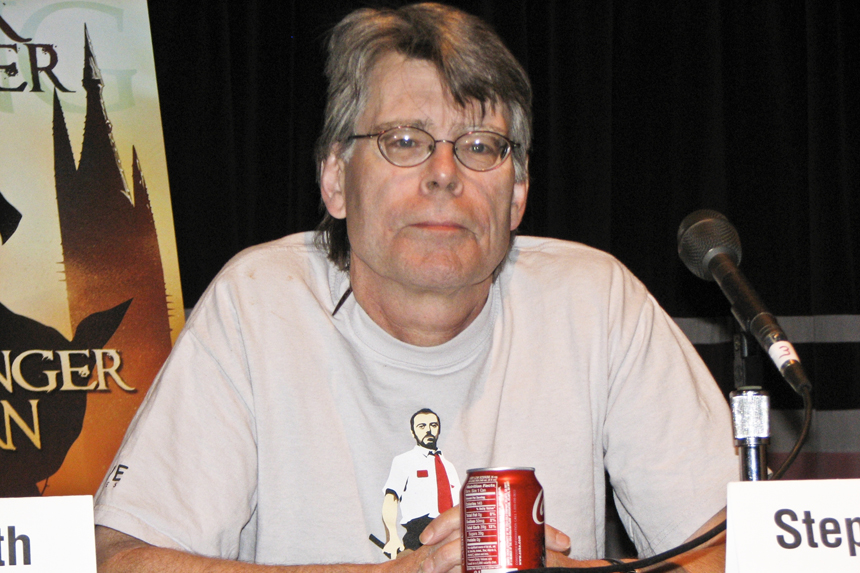
It’s an indisputable matter of fact that Carrie was released in hardcover from Doubleday on April 5, 1974. But it’s also true that King gave the manuscript to editor Bill Thompson in November of 1973, and that Thompson got Doubleday’s executive editor, Lee Barker, to accept it for publication. That series of events put King on the path to one of the biggest literary careers of all time. King has published over 60 novels, more than 200 short stories, and has sold in excess of 350 million copies. Roughly 100 of his works have been adapted for film and television (some more than once), and his accolades include a 2003 National Book Award: Medal of Distinguished Contribution to American Letters and a National Medal of Arts for contributions to literature.
9. November 27 – December 6: Gerald Ford Becomes Vice President
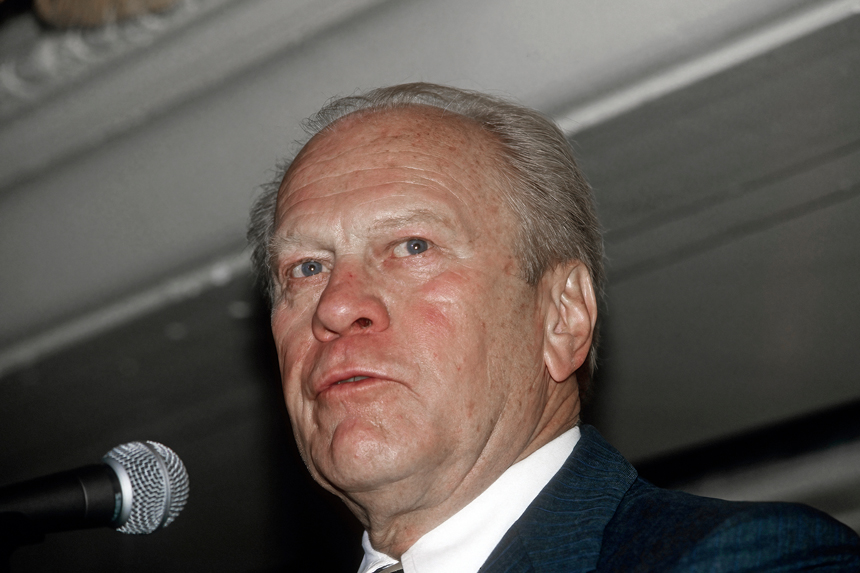
Gerald Ford remains the only person to become both vice president and president without being elected. After the resignation of then-vice president Spiro Agnew in October 1973, Ford was nominated via the process governed by the 25th Amendment. On November 27, the House of Representatives confirmed Ford, with Senate confirmation followed on December 6; he was sworn in that day. Ironically, he’d get sworn in again, this time as president, less than a year later as he replaced the resigning Richard Nixon.
10. December 26: The Exorcist Arrives
The original trailer for The Exorcist (Uploaded to YouTube by Warner Bros.)
Some critics have called it the greatest, and the most frightening, horror film ever made. Director William Friedkin’s adaptation of William Peter Blatty’s 1971 novel shattered film taboos and nerves around the world. The movie about a young girl who is possessed by a monstrous evil became a blockbuster and a vehicle for debates about both faith and film. It was the first horror movie to earn an Academy Award nomination for Best Picture, and it won for Best Screenplay (also by Blatty) and Best Sound. The Library of Congress added it for preservation in the National Film Registry in 2010 as it was deemed “culturally, historically, or aesthetically significant.” The film’s cultural impact has never diminished, as the gruesome visage of Linda Blair’s Regan remains instantly recognizable, as does the theme, taken from Mike Oldfield’s “Tubular Bells.” The popularity of the film spawned a literary and cinematic franchise featuring three novels, a television series, five existing films, and an upcoming trilogy that begins release this year. No, Regan; Mother will not make it stop.
Become a Saturday Evening Post member and enjoy unlimited access. Subscribe now
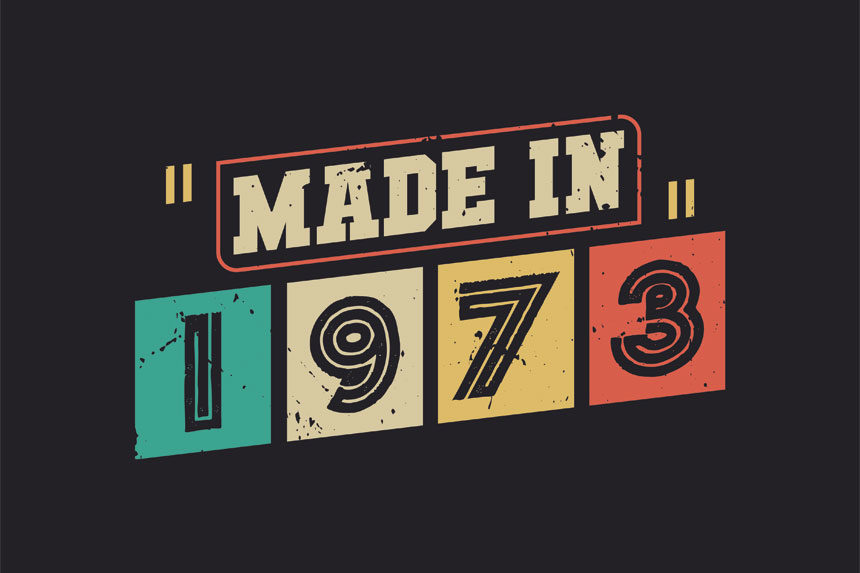



Comments
Coincidentally I listened to Faust IV last night while reading this, then realized that was 1973. The first impending arc of kraut rock, and this album in specific for mixing trippy 60s folk with new studio tape tricks, new analog synth drones, and experimental non-radio-friendly song lengths.
What should be number one: Pink Floyd releases “The Dark Side of the Moon.”
1973 was an interesting year for me as I enlisted in the US Army. The rest is history.
I remember! I was in Jnr. High and reading comic books and watching Saturday Morning cartoons, including two based on Primetime tv shows: “My Favorite Martians” and “Jeannie.” The last one featured a young voice actor named Mark Hamill! Thanks for the wander down memory lane!
This is an interesting list, to be sure. Starting off from 1 through 10, I’d forgotten what a significant year it was for books and literature, not reading (a couple of them) until much later. #2: Springsteen must have still been a local singer/band to his native New Jersey because none of my friends (15, going on 16 in ’73) nor myself had even heard of him until ‘Born to Run’ 2+ years later.
A lot of singers/groups are ‘local’ for a few to several years before hitting the big time, appearing to be overnight successes when they’re not. Styx, Blondie, The Cars to name 3. With #4, the cellular phone was in its infancy with no realistic impact on life in ’73 itself otherwise, or for many years afterwards. The breakthrough itself is definitely noteworthy, obviously.
#6: Just two great songs none of us knew were ‘disco’ at the time. This was during the era when all kinds of wonderful music was coming out all the time. #7: Rapping hip-hop was very much an underground thing at that time, not becoming mainstream for quite a few years yet.
#8: Stephen King delivers ‘Carrie’. His ultimate masterpiece. The ’76 Brian De Palma film with the soundtrack by Pino Donaggio is film perfection on the level of Hitchcock’s finest.
#9: Gerald Ford becomes Vice-President. Without that, we never would have had Betty Ford as First Lady 9 months later, which would have been a terrible loss.
# 10: The Exorcist Arrives: Saw it with some friends, and too much of a big deal was made out of it; way too much.
#11: Trying my best to tune out the ALL consuming Watergate, which was nearly impossible.